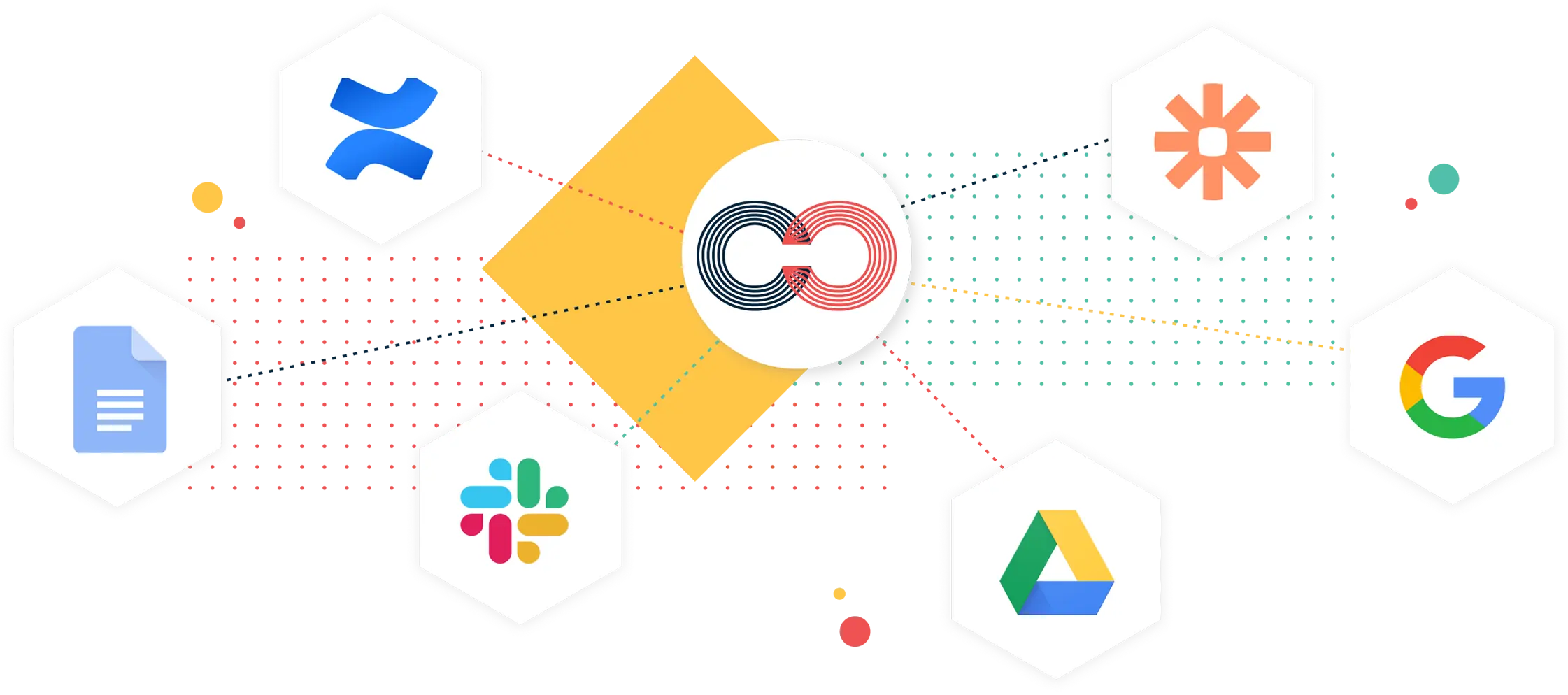SDLC V-Model-Definition, Usage, and Templates
Represent your software development life-cycle and visually depict how testing will be implemented along each stage
Start Drawing Now- Design, assess, plan, communicate, execute, and analyze your SDCL with intuitive visual tool
- Develop a framework and visually represent how you will incorporate testing in each stage of your development cycle
- Export your documents in SVG, PNG, JPEG, or PDF image formats for publishing, sharing, and printing
Creately helps you do this with

Guide and Best Practices
Developed in the 1980s by Paul Rook, the V -Model was developed to improve the efficiency and effectiveness of software development. The V model is a step-by-step development process where the next phase of the development cycle only begins once the previous phase is completed. The V-Model lays a great emphasis on testing at every phase and is designed to ensure that the product is tested parallelly as it is developed.
The Phases of V-Model
Verification Phase
- Business Requirement Analysis: This involves detailed communication with the client to comprehend their exact requirements.
- System Design: This involves the entire hardware and communication setup for the product being developed.
- Architectural Design: This involves the technical and financial feasibility of the product before it is actually developed.
- Module Design: This involves developing a detailed plan for all the modules in a system.
Coding
- This involves the actual coding of the modules based on the plan developed in the previous stage. Based on the system and architectural requirements a coding language is chosen. The code is then reviewed and optimized to ensure the delivery of the best performing product.
Validation
- Unit Testing: These are tests run at the early stages to eliminate bugs that could affect product development.
- Integration Testing: This is done to check whether there is efficient communication between the internal modules of the system.
- Systems Testing: This involves the testing of the system as a whole and is done to ensure internal modules communicate effectively with the external systems
- Acceptance Testing: This is done to test a product in the end users’ environment and to check whether it is compatible with other systems in the environment.
More templates and visual ideas for software development
Works with the tools you love
Thoughtfully designed integrations with the platforms you use every day

